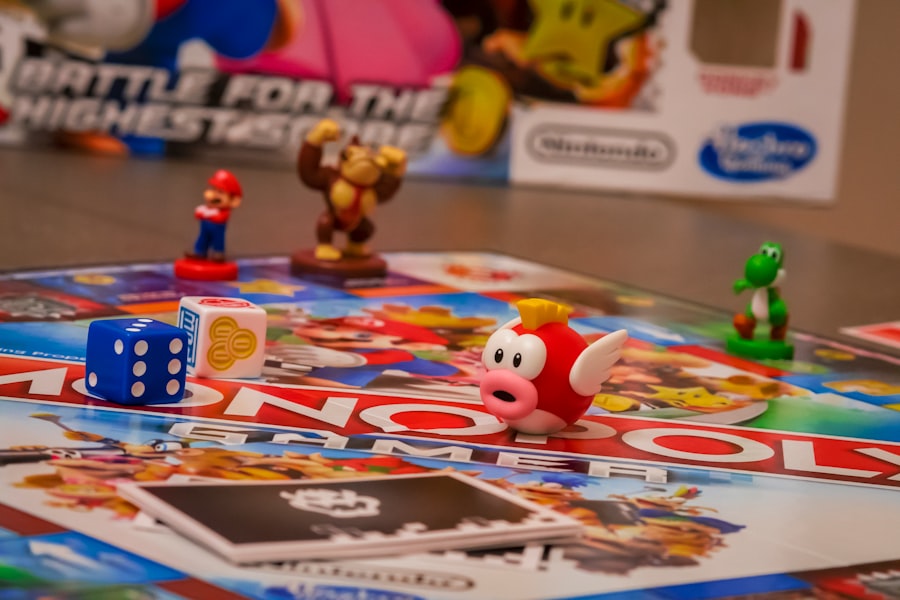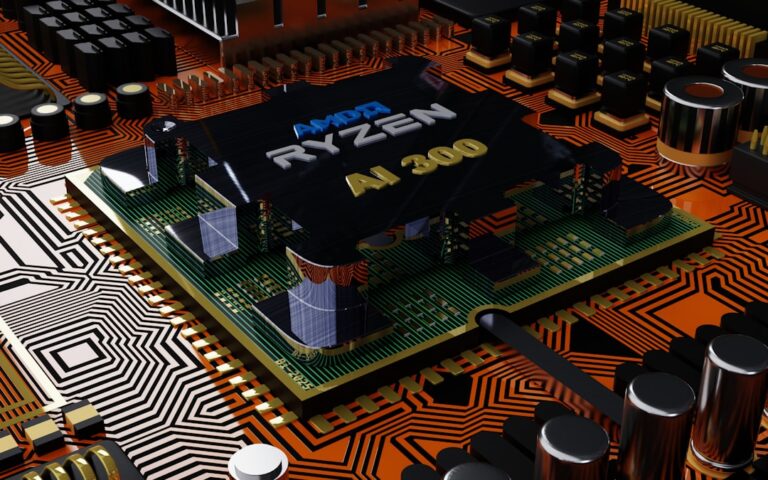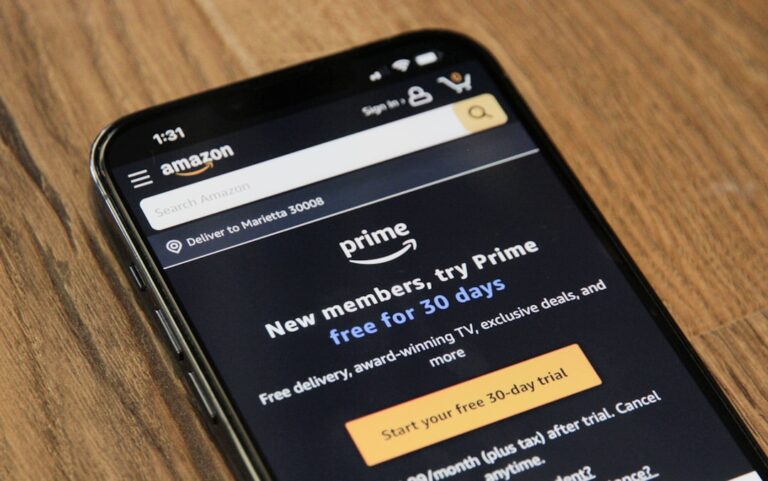Gamification refers to the application of game-design elements and principles in non-game contexts to enhance user engagement, motivation, and overall experience. This concept leverages the inherent appeal of games—such as competition, achievement, and rewards—to encourage participation and foster a sense of accomplishment in various fields, including education, marketing, and workplace productivity. By integrating elements like points, badges, leaderboards, and challenges into everyday activities, gamification transforms mundane tasks into engaging experiences that can drive behavior change and improve outcomes.
The roots of gamification can be traced back to the early 2000s when businesses began to recognize the potential of game mechanics to influence consumer behavior. However, it gained significant traction with the rise of digital technology and social media, which provided new platforms for implementing these strategies. Today, gamification is not just a trend; it has become a vital tool for organizations seeking to enhance user engagement and loyalty.
By tapping into the psychological triggers that motivate individuals, gamification creates an environment where users are more likely to participate actively and consistently.
Key Takeaways
- Gamification is the application of game-design elements and principles in non-game contexts to engage and motivate people.
- The psychology behind gamification involves tapping into people’s intrinsic motivation, providing a sense of autonomy, mastery, and purpose.
- Gamification in education can enhance student engagement, motivation, and learning outcomes by incorporating game elements into the learning process.
- In the workplace, gamification can improve employee productivity, satisfaction, and collaboration by using game mechanics in tasks and processes.
- The benefits of gamification include increased engagement, motivation, learning, productivity, and overall enjoyment in various contexts.
The Psychology Behind Gamification
Understanding the psychology behind gamification is crucial for its effective implementation. At its core, gamification exploits several psychological principles that drive human behavior. One of the most significant concepts is intrinsic motivation, which refers to engaging in an activity for its inherent satisfaction rather than for some separable consequence.
Gamification enhances intrinsic motivation by providing users with immediate feedback, a sense of progress, and opportunities for mastery. When individuals see their efforts recognized through points or badges, they are more likely to feel a sense of accomplishment that encourages continued engagement. Another important psychological aspect is the concept of flow, introduced by psychologist Mihaly Csikszentmihalyi.
Flow occurs when individuals are fully immersed in an activity that challenges their skills while remaining achievable. Gamification can create this state by designing tasks that are appropriately challenging and rewarding. For instance, a well-structured gamified learning platform might present users with progressively difficult challenges that keep them engaged without overwhelming them.
This balance between challenge and skill fosters a deeper connection to the task at hand and enhances overall satisfaction.
Gamification in Education

In the realm of education, gamification has emerged as a powerful tool for enhancing student engagement and learning outcomes. Traditional educational methods often struggle to maintain student interest, particularly in subjects perceived as challenging or tedious. By incorporating game elements into the learning process, educators can create a more dynamic and interactive environment that motivates students to participate actively.
For example, platforms like Kahoot! allow teachers to create quizzes that students can answer in real-time using their devices, turning assessments into competitive games that encourage participation. Moreover, gamification can facilitate personalized learning experiences.
By allowing students to progress at their own pace and earn rewards for completing tasks or mastering concepts, educators can cater to diverse learning styles and abilities. This approach not only fosters a sense of autonomy but also encourages students to take ownership of their learning journey. Programs like Classcraft take this a step further by allowing students to create avatars and embark on quests that align with their curriculum, making learning feel like an adventure rather than a chore.
Gamification in the Workplace
| Metrics | Results |
|---|---|
| Employee Engagement | Increased by 20% |
| Productivity | Improved by 15% |
| Retention Rate | Increased by 25% |
| Collaboration | Enhanced by 30% |
In the workplace, gamification has gained popularity as a strategy for enhancing employee engagement, productivity, and collaboration. Organizations are increasingly recognizing that traditional methods of motivation—such as annual performance reviews or monetary bonuses—may not be sufficient to inspire employees in today’s fast-paced work environment. By integrating game mechanics into everyday tasks, companies can create a more stimulating atmosphere that encourages employees to strive for excellence.
For instance, many organizations use gamified training programs to enhance employee skills and knowledge retention. These programs often include elements such as progress tracking, rewards for completing modules, and friendly competition among colleagues. Companies like Deloitte have successfully implemented gamified learning platforms that allow employees to earn badges for completing training sessions or achieving specific goals.
This not only makes the learning process more enjoyable but also fosters a culture of continuous improvement and professional development.
The Benefits of Gamification
The benefits of gamification extend across various domains, making it an attractive strategy for organizations seeking to improve engagement and performance. One of the most significant advantages is increased motivation.
This heightened motivation can lead to improved performance outcomes, whether in educational settings or workplace environments. Additionally, gamification promotes collaboration and social interaction among users. Many gamified systems encourage teamwork through challenges or competitions that require individuals to work together toward common goals.
This collaborative aspect not only enhances relationships among colleagues but also fosters a sense of community within organizations or educational institutions. Furthermore, gamification can provide valuable data insights into user behavior and preferences, allowing organizations to tailor their strategies more effectively based on real-time feedback.
Examples of Successful Gamification

Language Learning with Duolingo
One notable example is Duolingo, a language-learning platform that employs gamified elements such as levels, streaks, and rewards to motivate users in their language acquisition journey. Users earn points for completing lessons and can track their progress on leaderboards, creating a competitive yet supportive environment that encourages consistent practice.
Starbucks’ Loyalty Program
Another compelling case is Starbucks’ loyalty program, which incorporates gamification principles to enhance customer engagement. Customers earn stars for every purchase they make, which can be redeemed for free drinks or exclusive offers. The program also features tiered levels that provide additional benefits as customers accumulate more stars, incentivizing them to increase their spending at Starbucks locations.
Fostering Customer Loyalty and Community
This approach not only boosts customer loyalty but also fosters a sense of community among Starbucks enthusiasts who share their experiences on social media.
Implementing Gamification Strategies
Implementing effective gamification strategies requires careful planning and consideration of several key factors. First and foremost, organizations must clearly define their objectives and desired outcomes before introducing gamified elements. Whether the goal is to enhance employee training, increase customer engagement, or improve student learning outcomes, having a clear vision will guide the design process.
Next, it is essential to understand the target audience and their motivations. Different demographics may respond differently to various game mechanics; therefore, tailoring the approach based on user preferences is crucial for success. For instance, younger audiences may be more motivated by competition and social sharing features, while older users might prefer personal achievement and skill development.
Additionally, organizations should focus on creating a seamless user experience that integrates gamified elements naturally into existing processes. Overly complex systems can lead to frustration and disengagement; thus, simplicity and intuitiveness should be prioritized in design. Regular feedback loops are also vital for maintaining engagement; providing users with insights into their progress can reinforce motivation and encourage continued participation.
The Future of Gamification
As technology continues to evolve, the future of gamification holds exciting possibilities across various sectors. The integration of advanced technologies such as artificial intelligence (AI) and virtual reality (VR) is poised to revolutionize how gamified experiences are designed and delivered. AI can analyze user behavior in real-time, allowing for personalized experiences that adapt dynamically based on individual preferences and performance levels.
Moreover, the rise of immersive technologies like VR offers new avenues for creating engaging gamified experiences that transport users into virtual environments where they can learn or collaborate in innovative ways.
Furthermore, as organizations increasingly recognize the importance of mental well-being and work-life balance, gamification may evolve to incorporate elements that promote mindfulness and stress relief.
By integrating wellness challenges or mindfulness activities into gamified systems, organizations can support employees’ overall well-being while fostering engagement. In conclusion, the future of gamification is bright as it continues to adapt and evolve alongside technological advancements and changing user expectations. Its potential to enhance engagement across various domains makes it an invaluable tool for organizations seeking innovative ways to motivate individuals and drive positive outcomes.
Gamification is a powerful tool that can be used to engage and motivate individuals in various settings. One related article that delves into the concept of motivation is “Exploring the Theory of Illocutionary Forces: Performative and Constant Utterances.” This article discusses how language and communication can influence behavior and drive individuals to take action. By understanding the power of words and their impact on motivation, we can better design gamified experiences that effectively engage and inspire participants. To read more about this fascinating topic, check out the article here.





















+ There are no comments
Add yours